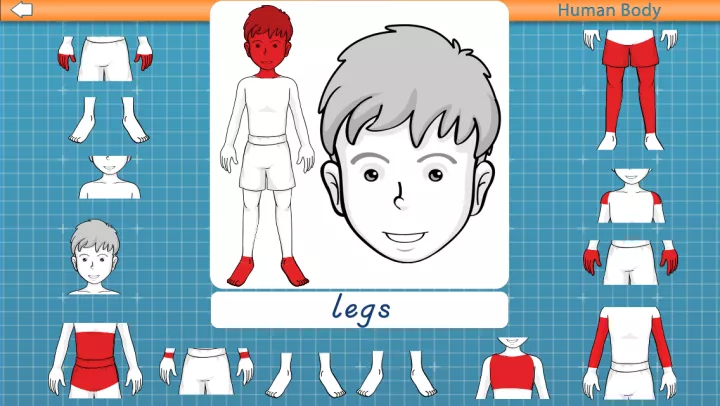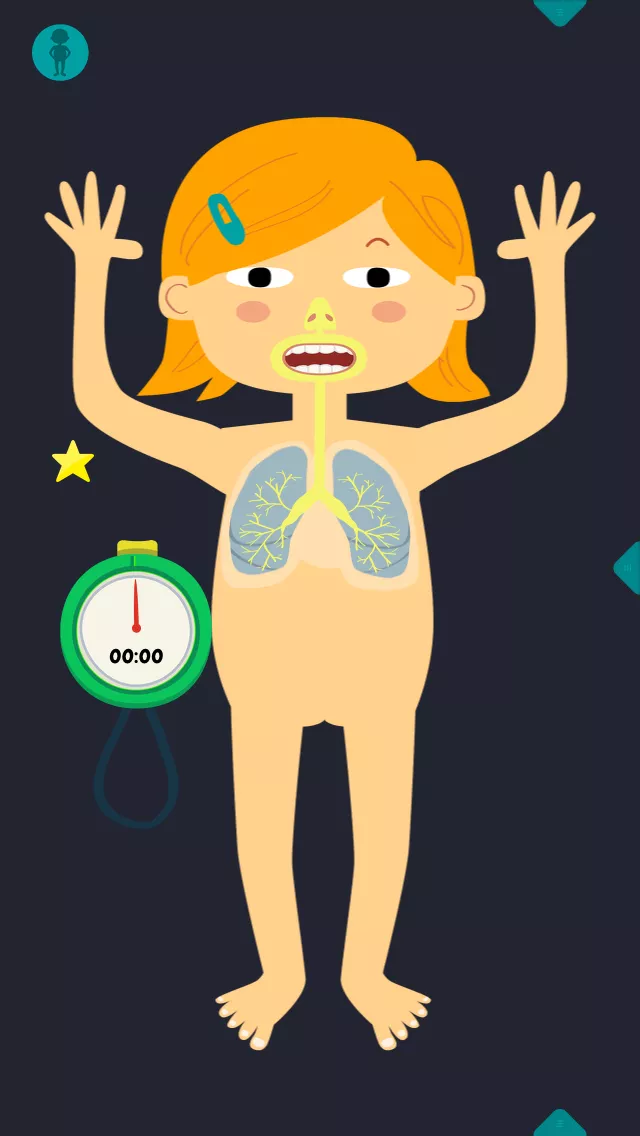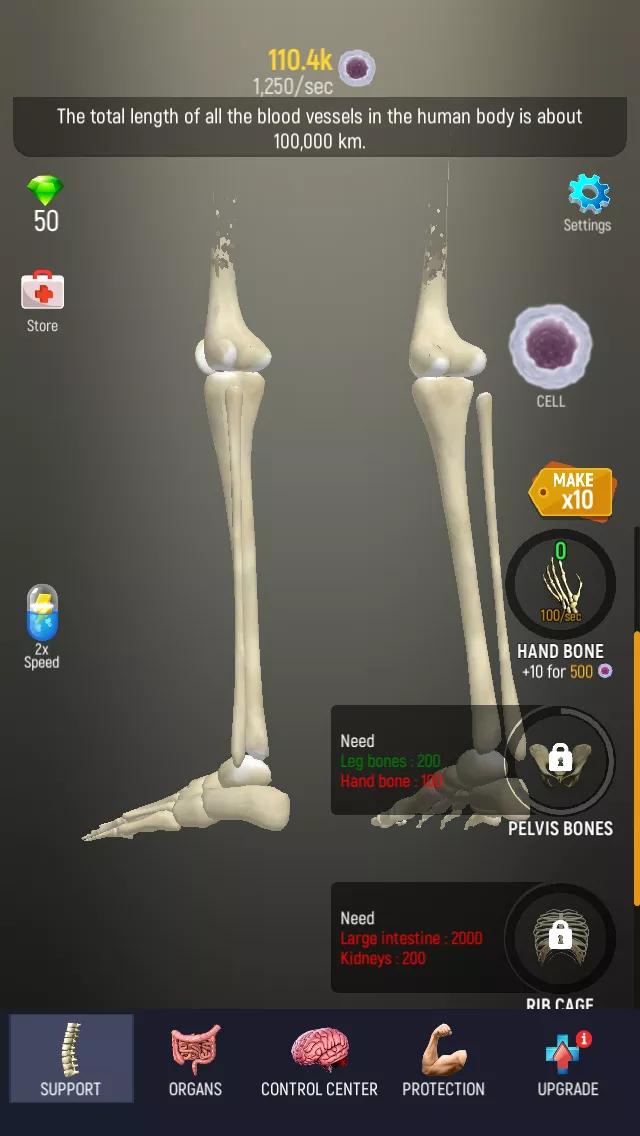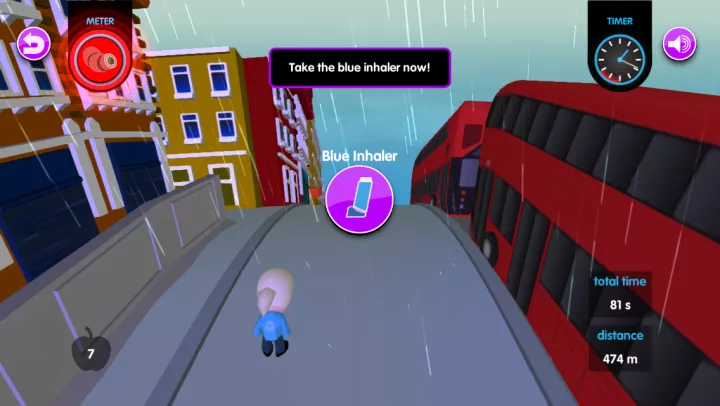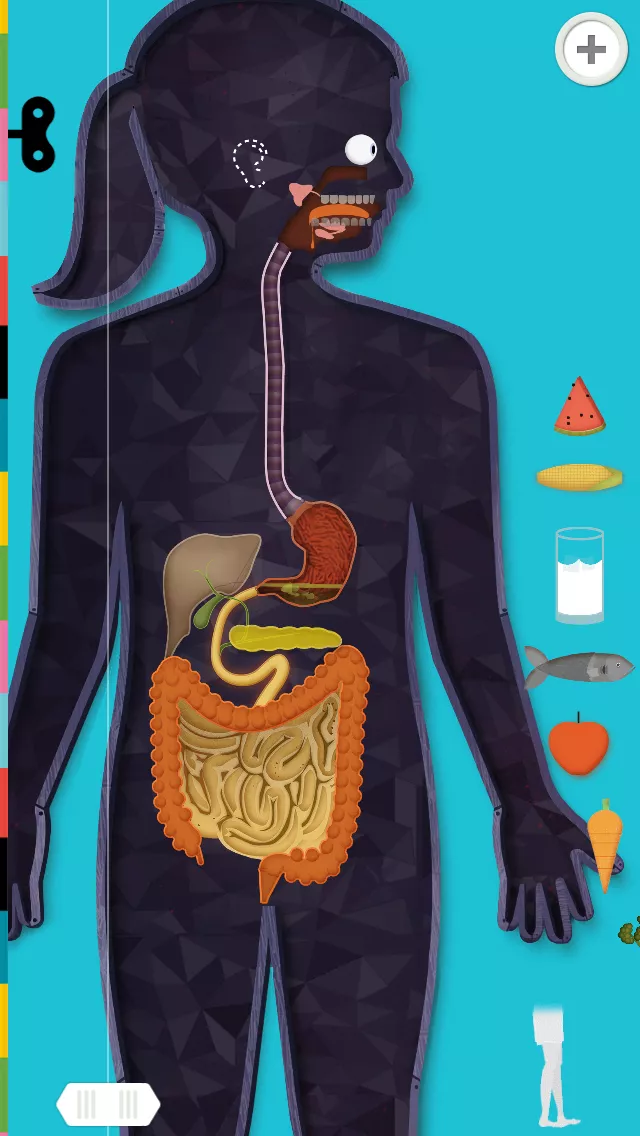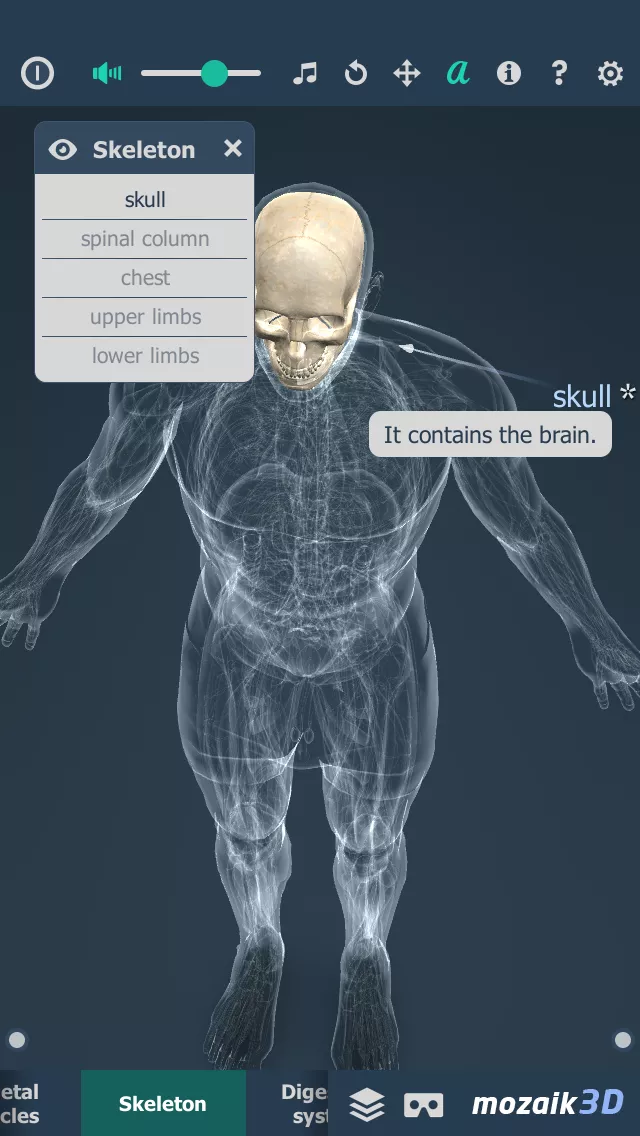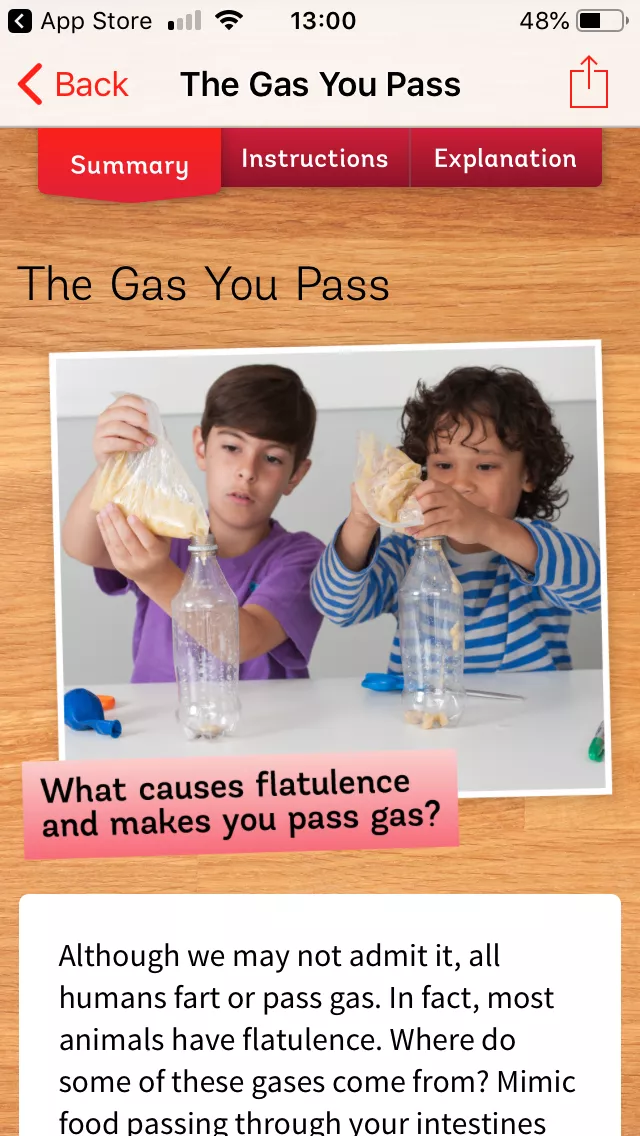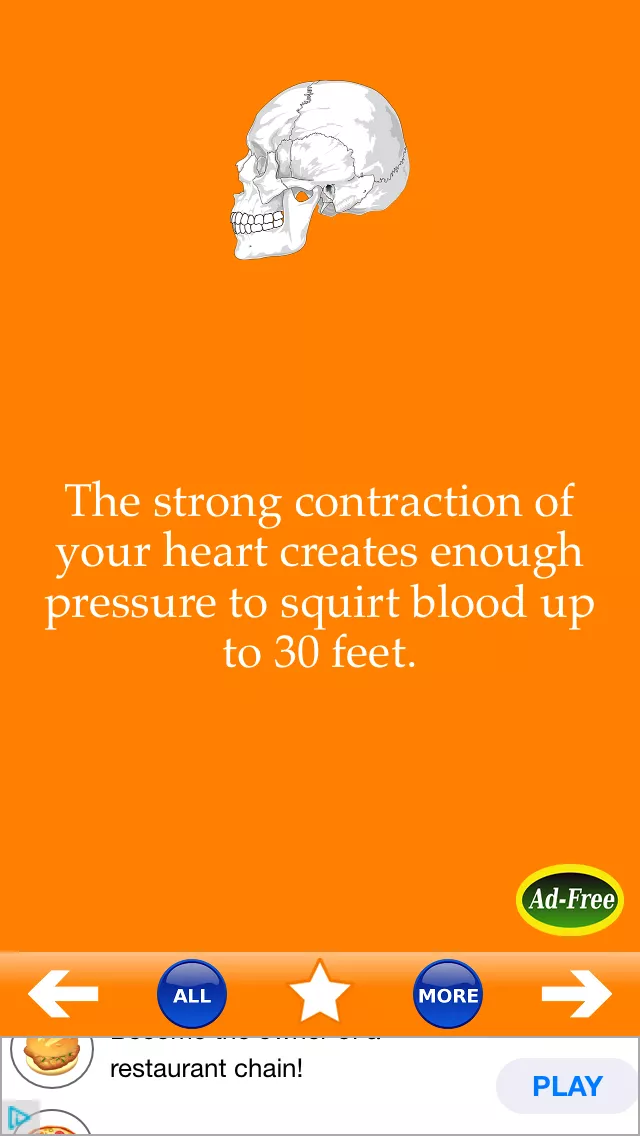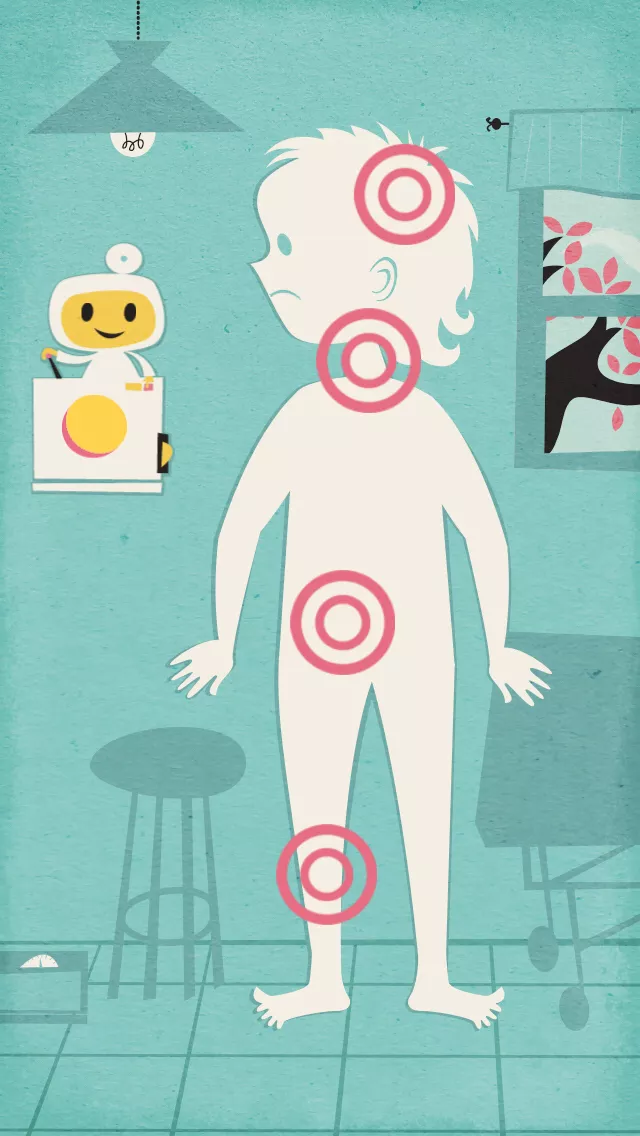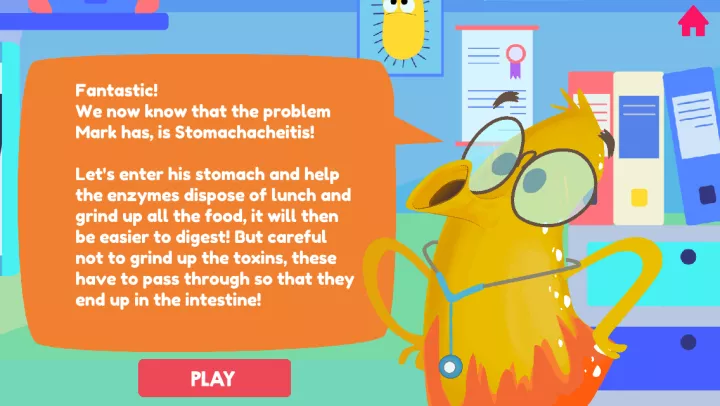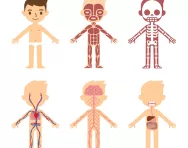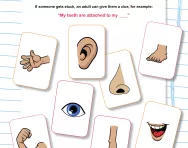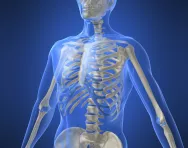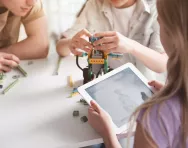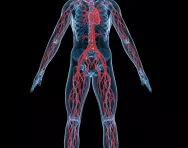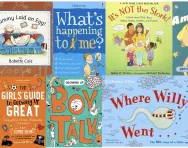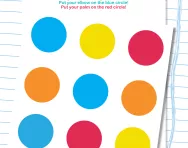Important update from TheSchoolRun
For the past 13 years, TheSchoolRun has been run by a small team of mums working from home, dedicated to providing quality educational resources to primary school parents. Unfortunately, rising supplier costs and falling revenue have made it impossible for us to continue operating, and we’ve had to make the difficult decision to close. The good news: We’ve arranged for another educational provider to take over many of our resources. These will be hosted on a new portal, where the content will be updated and expanded to support your child’s learning.
What this means for subscribers:
- Your subscription is still active, and for now, you can keep using the website as normal — just log in with your usual details to access all our articles and resources*.
- In a few months, all resources will move to the new portal. You’ll continue to have access there until your subscription ends. We’ll send you full details nearer the time.
- As a thank you for your support, we’ll also be sending you 16 primary school eBooks (worth £108.84) to download and keep.
A few changes to be aware of:
- The Learning Journey weekly email has ended, but your child’s plan will still be updated on your dashboard each Monday. Just log in to see the recommended worksheets.
- The 11+ weekly emails have now ended. We sent you all the remaining emails in the series at the end of March — please check your inbox (and spam folder) if you haven’t seen them. You can also follow the full programme here: 11+ Learning Journey.
If you have any questions, please contact us at [email protected]. Thank you for being part of our journey it’s been a privilege to support your family’s learning.
*If you need to reset your password, it will still work as usual. Please check your spam folder if the reset email doesn’t appear in your inbox.
Best human body apps for kids

The apps reviewed are not produced or distributed by TheSchoolRun. All details were correct when we reviewed them, but please note that some apps can be very short-lived and may become unavailable to download. We are unable to guarantee that the app listings we provide are completely up-to-date at all times.
Best for Reception children
Human Body: Montessori Anatomy, £3.99, Apple
Montessori is a play-based form of learning for young children, and this app taps into the philosophy with interactive activities that are ideal for kids in Reception and lower KS1.
In Lesson 1, your child learns the parts of the body and their names by tapping on a body part to see the word pop up on screen and hear it spoken aloud (in an American accent). In Lesson 2, they look for the puzzle piece showing the part highlighted on a picture of the body, and drag it into place. And in Lesson 3, they have to match the highlighted body part that matches the word shown; children who can’t yet read can tap the label to hear it spoken.
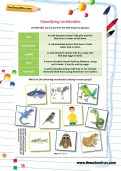

Download fantastic science resources today!
- Experiments And Science Fun pack
- Science Learning Programme for each school year
- All the instructions, questions and information you need
The app is simple but effective, teaching children the basics of the human body and also encouraging early reading skills.
Best for Key Stage 1
My Body – Anatomy for Kids, £2.99, Apple
Ideally pitched at children in Reception and KS1, this app helps kids explore the human body and its functions through interactive activities.
My Body is divided into areas including growing, the five senses and the digestive system, with child-friendly explanations of what each system or function does. For example, the digestive system is explored through the character proclaiming, ‘I’m hungry!’ and your child then giving them food and drink, and watching their passage through the body.
There are clear explanations of how each part of the body works, and off-screen activities for your child to try, such as seeing how long they can hold their breath for. There’s also a nice diary area where your child can record their height, shoe size and which teeth are wobbly.
Best for Key Stage 2
Human Body (male) 3D, free, Apple and Android
If your child has a keen interest in the details of the human anatomy and laps up facts and trivia, Human Body 3D will take them right into the workings of the body and furnish them with lots of new information.
The app features a detailed 3D model of the human body, where your child can zoom right in and turn it through 360 degrees to see what goes on beneath the surface. It introduces major systems and organs, such as the spinal column, lungs and digestive system, with labels that pop up to provide more information about each body part.
The app is designed for kids aged eight and over, and your child can also use a virtual reality (VR) headset to explore the body in even more detail.
Best for learning about disease
Asthma Dodge, free, Android
Developed by Centre of the Cell and the School-Based Asthma Project, Asthma Dodge helps children understand how asthma works, what triggers it and how to keep it under control.
The aim of the game is to help a young person with asthma to reach Centre of the Cell by dodging out of the way of asthma triggers like pollen and cats. If they hit a trigger, their airways start to swell and their pace slows. Collecting fruit and using asthma inhalers when prompted reduces their symptoms and increases their pace, and by reaching their destination within a set time, they unlock the next level.
With asthma affecting 1.1 million kids in the UK, this app will help children with asthma understand more about their condition, as well as educating all primary school children about how the respiratory system works.
Best interactive app
The Human Body by Tinybop, £3.99, Apple and Android
This brilliant interactive app is a great way to teach your child about the human body and its different systems, helping them discover what we’re made of and how our bodies work.
The app introduces eight systems of the human body, including the respiratory, circulatory, nervous and digestive systems with interactive models of the body that your child can manipulate with their finger to make them run, feed them, pull apart and rebuild their skeleton, and tickle them with a feather. It features entertaining sounds, such as heartbeats and rumbling stomach, and labels helping your child learn new anatomical vocabulary.
With no levels, points to be scored or rules to follow, The Human Body lets your child learn at their own pace. You can also buy the urogenital system as an add-on: perfect for children who are learning about puberty.
Best for scientific minds
Idle Human, free (with in-app purchases), Apple and Android
If your child sees a future in medicine or other aspects of human biology, this highly detailed app that takes a close-up look at the parts and mechanisms of the body, will help them develop their knowledge.
The app involves building a human part by part, from the tiniest bones to the major organs, by tapping on the button showing each part. Every part your child buys ‘costs’ a number of cells; when they run out, they can generate more by rapidly tapping the cell button. They can also cash in diamonds to unlock the major structures of the body, like the spine. More cells and diamonds can be earned by watching a short advert, or through in-app purchases.
Idle Human is also packed with fascinating anatomical facts (such as, the cornea is the only part of the body with no blood supply), and your child can zoom in to see body parts in closer detail. Bear in mind that there are no instructions in the app, so your child will need to master it through trial and error.
Best for hands-on learning
DIY Human Body, free, Apple
Developed by the University of California Berkeley, DIY Human Body allows children to learn about the human body not only through on-screen activities, but also hands-on practical experiments.
The app features five of the body’s key systems: circulatory, digestive, respiratory, immune and skeletal. Each system includes a clear written explanation of what it does, with a diagram. It then suggests related activities to try at home: for example, putting a paper clip halfway down a straw and trying to drink through it to illustrate how clogged arteries behave.
Each area also includes videos to watch, showing your child how the body works and how to stay strong and healthy by making the right lifestyle choices.
Best for fact lovers
Human Body Facts 1000 Fun Quiz, free (£2.99 ad-free), Apple
This is a very simplistic app that will nonetheless fascinate children who have a thirst for knowledge.
It features 1000 little-known, interesting and downright weird facts about the human body, such as, ‘Bones are four times stronger than concrete.’ Your child can flip through the flashcards backwards or forwards using the arrows on the screen, and can favourite facts that they want to come back to, or share them via email, text or social media.
There are no diagrams or animations, so this app is best for older children who want to cram themselves with as much information as possible, rather than looking at the body itself. The basic version is free, but your child will have to watch ads every so often, so it may be worth upgrading to the ad-free version.
Best for learning through play
Toca Doctor, £3.99, Apple
Toca Doctor is an innovative app that introduces children to the medical profession, and with no written language, it’s ideal for pre-readers.
Your child takes the role of the doctor by scanning the illustration of a body and tapping on one of the red dots that represent injuries or illnesses. They’re then given a mini-game or puzzle to solve, relating to treating the ailment – such as pulling splinters out of a hand by dragging and dropping, and stopping a nosebleed by dragging cotton wool into the nostrils. There are no rules or timers, so your child can play at their own pace.
The simple, colourful animations help to make the app appealing, and it’s also full of funny activities and sound effects that tap into young children’s sense of humour, for example helping to move air bubbles out of the gut and making the character burp!
Best for gameplay
Dr Justabout and the Human Body, £2.99, Apple and Android
This journey of discovery through the human body combines child-friendly gameplay with plenty of interesting anatomical facts.
Your child’s job is to help monster doc Dr Justabout to cure his patients’ (made up) illnesses. In the x-ray area, heir first task is to tap on each part of the body and read the information about how it works and what it does. There’s then a short quiz on the subject, followed by a mini game, for example, stopping germs from entering the nose by sucking them up.
There’s also an advice section, where your child can pick up health tips relating to diet, exercise and hygiene.
